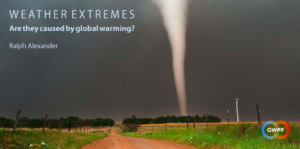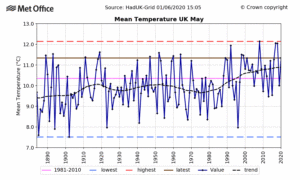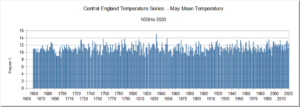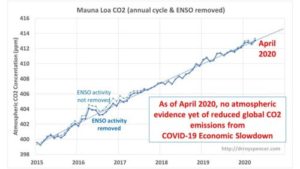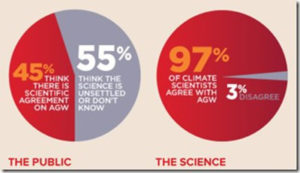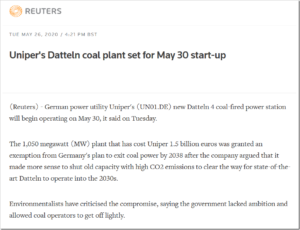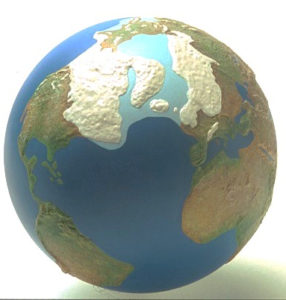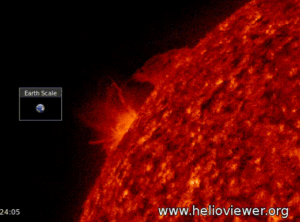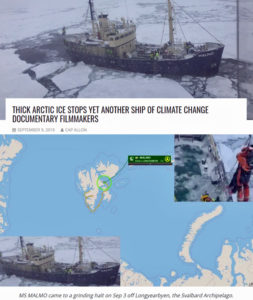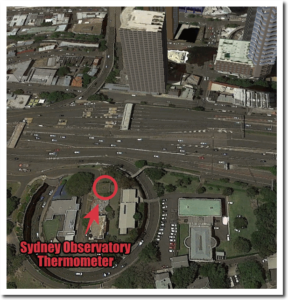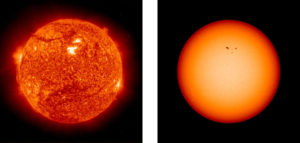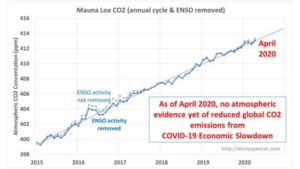by Ralph Alexander, June 4, 2020 in CO2Colation
Critical Review Confirms IPCC Assessment On Extreme Weather: “No sign that extreme weather events are getting worse”
The paper, by physicist Dr Ralph Alexander, looks at trends in hot and cold weather extremes, floods and droughts, hurricanes and wildfires and finds only a minor increase in cold weather extremes.
According to Dr Alexander, weather extremes is one area where the IPCC has been reasonably empirical and scientific in recent years.
As he explains:
The IPCC stands out, among those who believe that global warming is primarily due to human activity, as a voice of restraint on the issue of extreme weather. My review is in broad agreement with their position: there is little sign things are getting worse.”
In particular, Dr Alexander points to the underreported global reductions in floods, wildfires and hurricanes, but he cautions that many of the changes are likely to be cyclical.
The key driver for many weather extremes is natural ocean cycles like El Nino and the Atlantic Multidecadal Oscillation. Eventually these cycles will turn, and we should be ready. But we shouldn’t be under any illusion that we can prevent extreme weather by changing our lifestyles”.
Weather Extremes: Are They Caused By Global Warming? (pdf)

